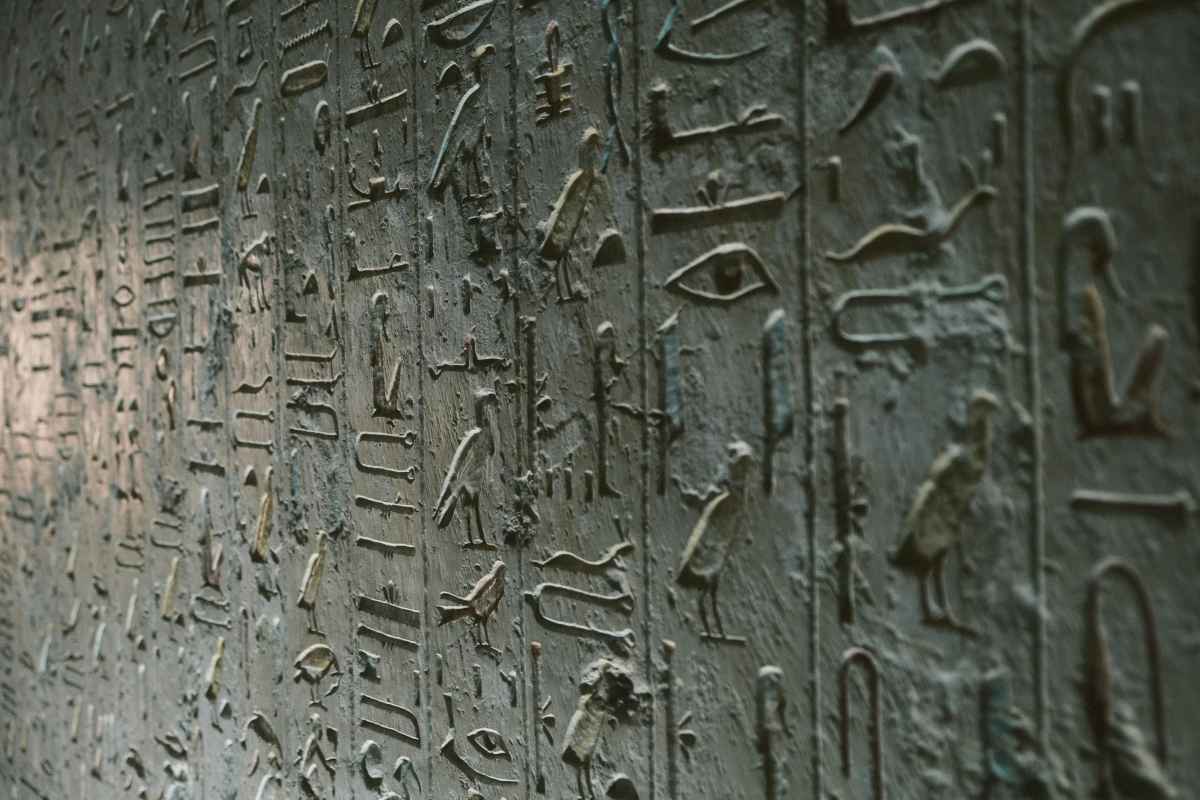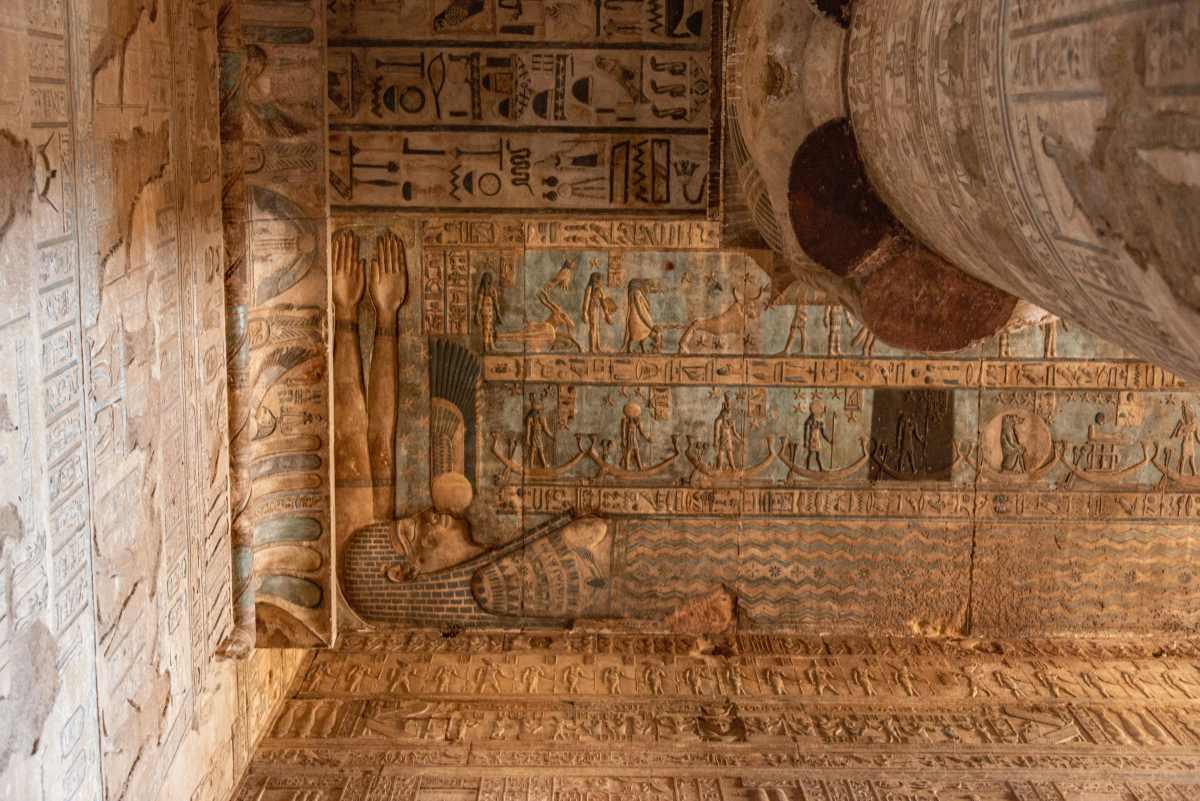6th-century graffiti by shepherd sheds light on hidden temple that could be underneath the Parthenon

Experts may have gathered clues about a hidden temple at the Acropolis through graffiti. Insights regarding this have been published in the American Journal of Archaeology. This graffiti was possibly composed by a Greek man named Mikos, who worked as a shepherd. It was located in a marble outcrop, around 12 miles outside of Athens, at the Bracko Hills of Vari. It was amidst a collection of 2,000 graffiti drawings, all of which had been made by shepherds and goatherds. This collection included figures, like warriors, ships, animals, buildings, and erotic scenes. Amongst these images, one graffiti stood out, which features a temple containing columns and steps, along with an inscription reading, "To Hekatompedon … Mikonos."

Temple hidden in the inscription
Janric van Rookhuijzen, a classical archaeologist and postdoctoral research fellow at Radboud University, claimed that, according to the inscription, the temple measured around 100 feet, as reported by Popular Mechanics. The study states that the temple stood on the Acropolis of Athens and predated the Parthenon, another marble temple dedicated to the goddess Athena. Mikos signed the inscription in an alphabet indicating that the graffiti was made as early as the 6th century B.C. This observation suggested that the temple described in the graffiti must be at least 50 years older than the Parthenon, whose establishment was laid down in 450 BC. They also speculate that the temple could have stood where the later Parthenon was erected in Athens.

Legacy of Hekatompedon
Through the inscription, researchers understood the unknown temple was named Hekatompedon, according to LA VANGUARDIA. Researchers believe that Mikos was a shepherd with no exemplary drawing talents, that was why he couldn't exhibit the features of Hekatompedon in detail. The graffiti was a rough sketch. Researchers were intrigued by the name Hekatompedon, as in many records it was used as an old official name for the Parthenon. However, the fact that the drawing predates the establishment of the Parthenon weakens the theory that both Hekatompedon and Parthenon are the same.
Therefore, experts speculate that Hekatompedon was an older establishment that once existed in place of the Parthenon. "The Parthenon may be a very ancient temple, but it was not the first. For a long time, it has been believed that there were even older buildings on the Acropolis, although archaeologists have fiercely debated their dates, appearance, and exact location on the hill," shared van Rookhuijzen.
The Hekatompedon could have been destroyed in the Greco-Persian Wars by the army of Xerxes I. It is well known that in this scuffle, the Persian army directed all its wrath on the establishments of Athens, so destroying a revered temple may not be out of scope. The Acropolis Museum in Athens is known to exhibit broken sculptures featuring scenes from Greek mythology and many more that reportedly adorned the temples that once stood in the Greek capital. These temples were either ravaged by the Persians or destroyed in early attacks. Hekatompedon may be one of those establishments.
Connection with a decree
Hekatompedon, along with the graffiti, has also been mentioned in a decree predating Xerxes I's invasion and the construction of the Parthenon. In this decree, Hekatompedon has been referred to as a place used for treasure storage. For years, researchers have been confused about the identity of this building, but the graffiti now could shed some light. Some experts believe that the Hekatompedon in both the graffiti and the decree is the same, as temples were used to hold treasures; however, certain experts still have their doubts. These graffiti as a whole also put under the spotlight the intellect of the shepherds during those times. It is yet to be understood why these shepherds made these drawings, whether it was a pastime during work or something else, but they could serve as a key to many historical mysteries.